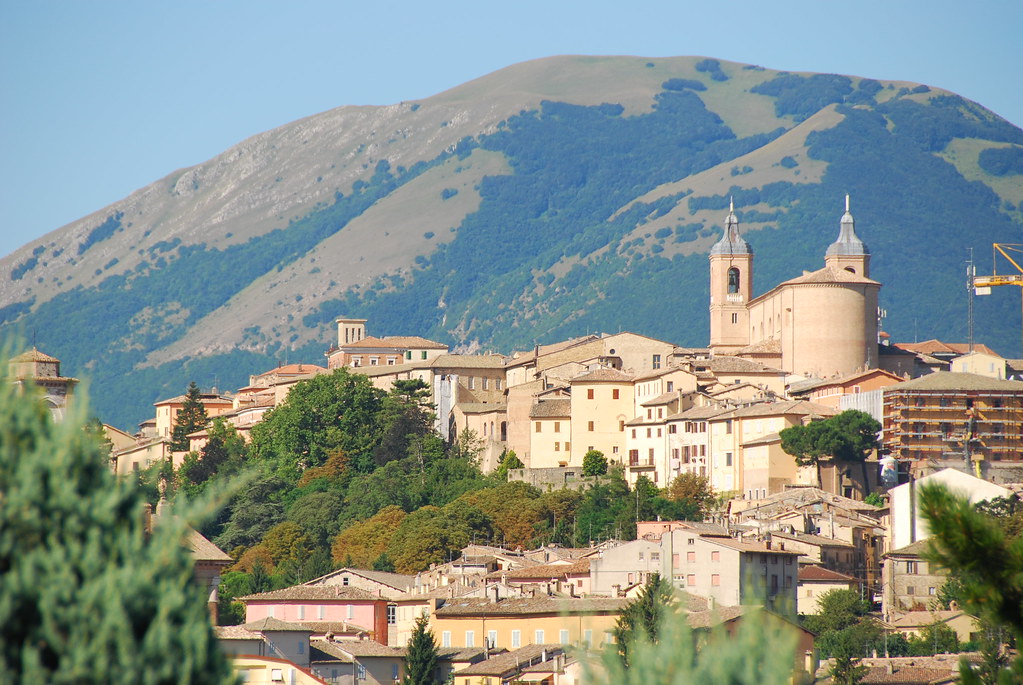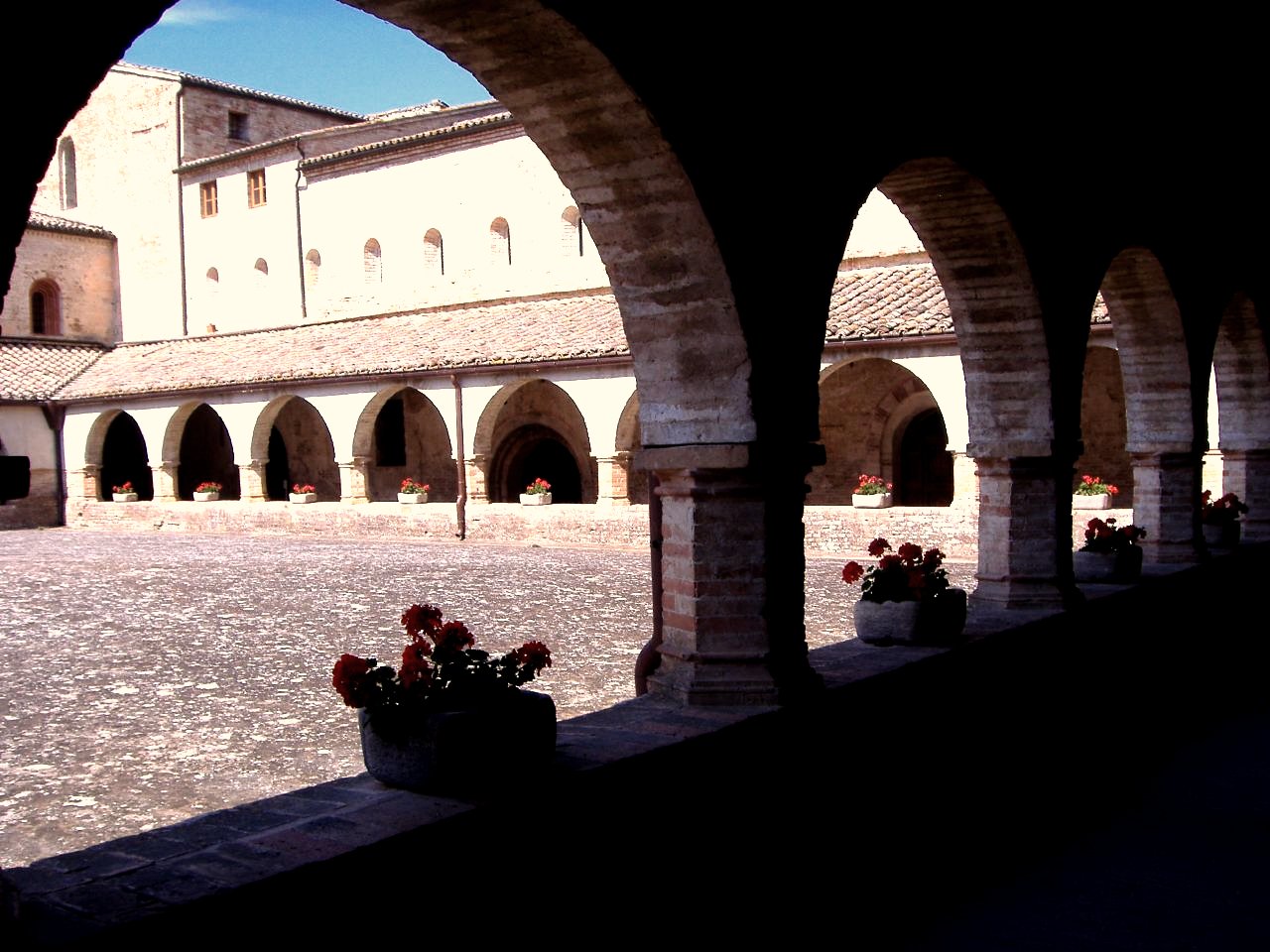Le Marche, a region in central Italy that gets little attention, boasts a high quality of life. In fact, it is an area composed mostly of small towns, but all distinguished by noble cultural traditions and grand artistic treasures in the midst of distictive environmental and scenic settings.
The initial destination of our journey is Camerino, which will surprise the visitor by its uniqueness. Nestled in the middle of the Sibillini Mountains, this town, despite not having more than 10,000 inhabitants, can boast its own university, whose origins date back to the Middle Ages and which is based in the prestigious and refined ducal palace. However, the real gem of Camerino is the Botanical Garden. Officially instituted in 1828, it’s a treasure trove with hundreds of medicinal plants, century old trees, groves and striking fountains.

Near Camerino we find the village of Belforte del Chienti. Its historic center is a typical Italian village of tight lanes and small piazzas in which to merrily lose oneself, but its treasure is the Polyptych by Renaissance painter Giovanni Boccati, a Gothic masterpiece located in the church of St. Eustace. You will be enchanted by the richness of detail and the many colors and shades that distinguish the characters depicted, in a work that could fit nicely in the Uffizi in Florence.
Another interesting place to visit is the town of Tolentino. The Torre dei Tre Orologi (Tower of the Three Clocks) overlooks the Piazza della Libertà where Palazzo Municipale and Palazzo Sangallo stand. The tower, which is the belfry of the near Collegiata di San Francesco, arises with three dials, each displaying a different function. The clock strikes at hours and at quarters. At midday, several strokes are followed by a brief harmony.

Another must-see in Tolentino is the Basilica of San Nicola, which welcomes the visitor with a stupendous marble façade reminiscent of those of certain Roman churches. In the breathtaking Cappellone, a chapel rich in frescoes created by a local artist in the 14th century, there are so many religious episodes and characters depicted, with meticulous attention to detail in both clothing and facial expressions, and the feeling one gets is of absolute wonder.
In the immediate vicinity of Tolentino, the imposing and scenic Abbey of Chiaravalle di Fiastra, the most important monastery in the Marche region, amazes with its cloister and various interior rooms where the play of light and shadow evokes an atmosphere found in novels like Umberto Eco’s The Name of the Rose.

The main attraction of the area is Macerata, which holds many surprises. This town, which stretches across a totally hilly area, is home to a prestigious university, as if competing with nearby Camerino. The palaces and churches of the historic center distinguish it as a place with a refined and aristocratic soul, but the symbol of Macerata is undoubtedly the eccentric and scenic Sferisterio, a rectangular outdoor theater created to host ballgames and now used for Opera and classical music concerts. If you have the chance, attending an event here in the evening is a unique experience because of the evocative atmosphere created by the lights, as if to make everything more magical.
The final destination is Recanati. It was founded around 1150 AD from three pre-existing castles and became an independent republic in 1290. Recanati is known as the “city of poetry” because it is the birthplace of the poet Giacomo Leopardi, the composer Giuseppe Persiani and the opera singer Beniamino Gigli.

Recanati has a rich artistic and cultural heritage, with many churches, palaces and museums to visit. Some of the highlights are the Casa Leopardi, where the poet lived and wrote; the Colle dell’Infinito, a hill with panoramic views that inspired one of his most famous poems; the Villa Corredi Museum, which displays four paintings by Lorenzo Lotto, a Renaissance master who worked in Le Marche; and the Museo Gigli, which honors the career of the tenor with costumes and memorabilia. Recanati is also close to the Adriatic Sea and has a port town called Porto Recanati, which offers beaches, fishing and water sports.
Le Marche’s gastronomic tradition is rich; a must-try dish is undoubtedly vincisgrassi. Similar to lasagna, it’s fresh egg pasta sheets topped with as many as five types of meat and béchamel and tomato sauces.
As for wine, this territory is renowned above all for its whites like the Ribona.












